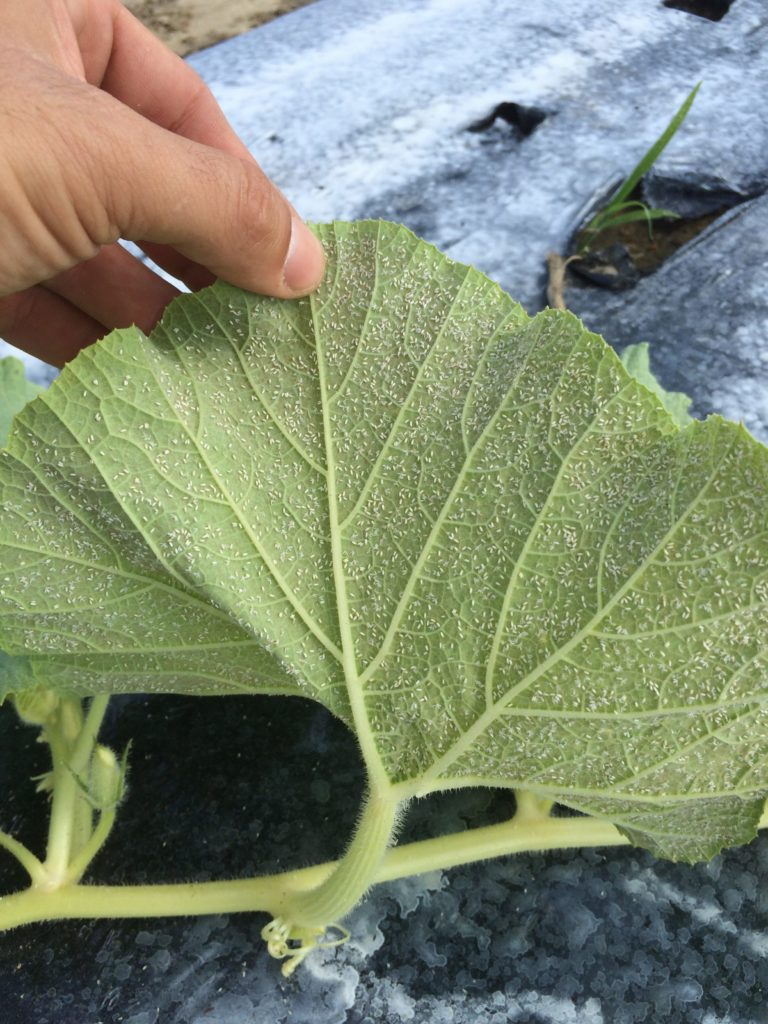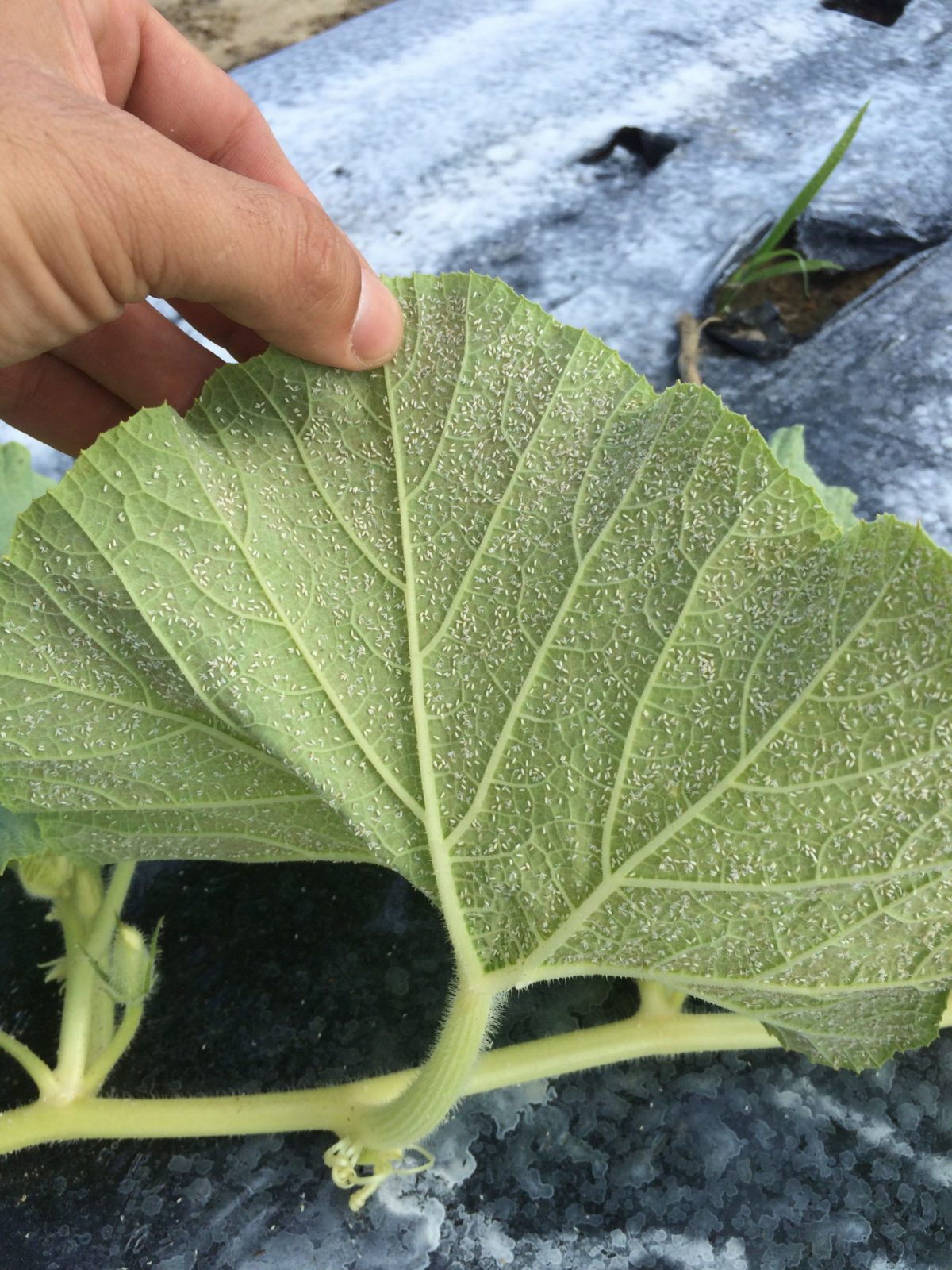
By Clint Thompson
Insect populations are down across the Southeast. The deluge of recent rainfall has stalled the whitefly numbers, while other insects have also not been able to find footing so far this spring, says Stormy Sparks, University of Georgia (UGA) Cooperative Extension vegetable entomologist.
“This is the time of year where squash bugs will come out after overwintering, so you keep an eye on your cucurbit crops. I haven’t seen a lot of that yet. All the rain that we have been getting, whiteflies are really low. They’re always low this time of year, but they appear to be really low right now, just because of all the rain we’ve gotten this spring,” Sparks said. “Another thing we’re always keeping an eye on is diamondback moth this time of year. There’s not a lot of problems with them yet, either.
“Right now, it’s been pretty easy, not a whole lot of insect pests that I’m aware of. There’s got to be something out there to start with. There’s not a whole lot out there, so it’ll take it a little time, more than likely, to build up.”
Rain Totals
Wet conditions have been consistent with the current El Niño weather pattern, especially in Georgia. According to the UGA Automated Weather Network, Tifton, Georgia, received 7.5 inches of rainfall from April 1 to May 6, the most since 2021. Moultrie, Georgia, received 7.93 inches during that same timeframe, compared to 3.78 in 2023 and 2.52 in 2022.
Excessive rains have led to decreased populations, which will continue to be the case as long as the rains remain.
“If we turn hot and dry, a lot of things can happen, but as long as we’re getting periodic rains, it tends to help keep things down anyway,” Sparks said.










